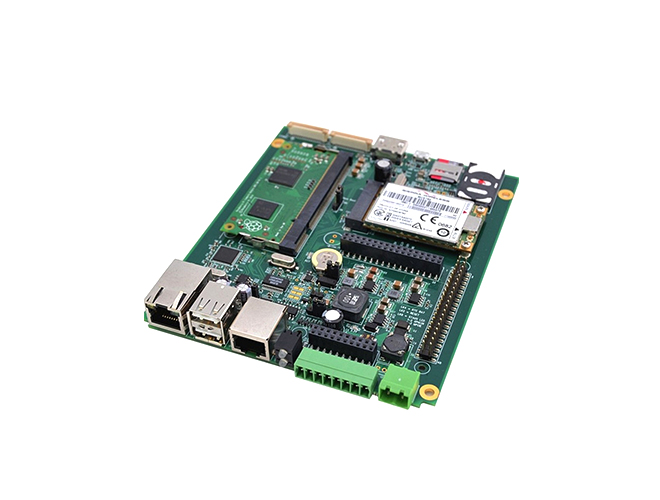-
CN
-
Service Hotline
+8618129931046 Mr. Liao


Time:2025-06-17 Views:1

Reliability is a critical aspect of circuit board design, as it directly affects the performance and lifespan of electronic devices. Several key points need to be considered during the design process to ensure high - reliability circuit boards.
First, component selection is of utmost importance. High - quality components with proven reliability should be chosen. For example, selecting capacitors with a long lifespan and low ESR (Equivalent Series Resistance) can prevent issues such as capacitor failure and voltage instability. When choosing integrated circuits, components from reputable manufacturers with strict quality control processes are preferred. Additionally, components should be selected based on their compatibility with the operating environment of the circuit board, such as temperature range, humidity resistance, and vibration resistance.
Second, proper layout design is essential. The layout of components and traces on the circuit board should be carefully planned to minimize electromagnetic interference (EMI) and crosstalk. High - speed signals should be routed separately from low - speed signals, and sensitive components should be placed away from sources of interference, such as power supplies and motors. Adequate grounding is also crucial. A well - designed grounding system, including a single - point ground or a ground plane, can reduce noise and improve the overall stability of the circuit.
Third, thermal management is a key factor in reliability design. Heat generated by components can cause performance degradation and premature failure. Designers should consider using heat sinks, thermal vias, and proper component placement to facilitate heat dissipation. For example, placing high - power components near the edges of the circuit board or in areas with good ventilation can help reduce their operating temperature. Thermal vias can be used to transfer heat from the top layer of the PCB to the bottom layer, improving heat dissipation efficiency.
Finally, testing and verification are necessary steps in reliability design. The circuit board should undergo various tests, including electrical testing, environmental testing (such as temperature cycling, humidity testing, and vibration testing), and stress testing, to ensure that it meets the required reliability standards.